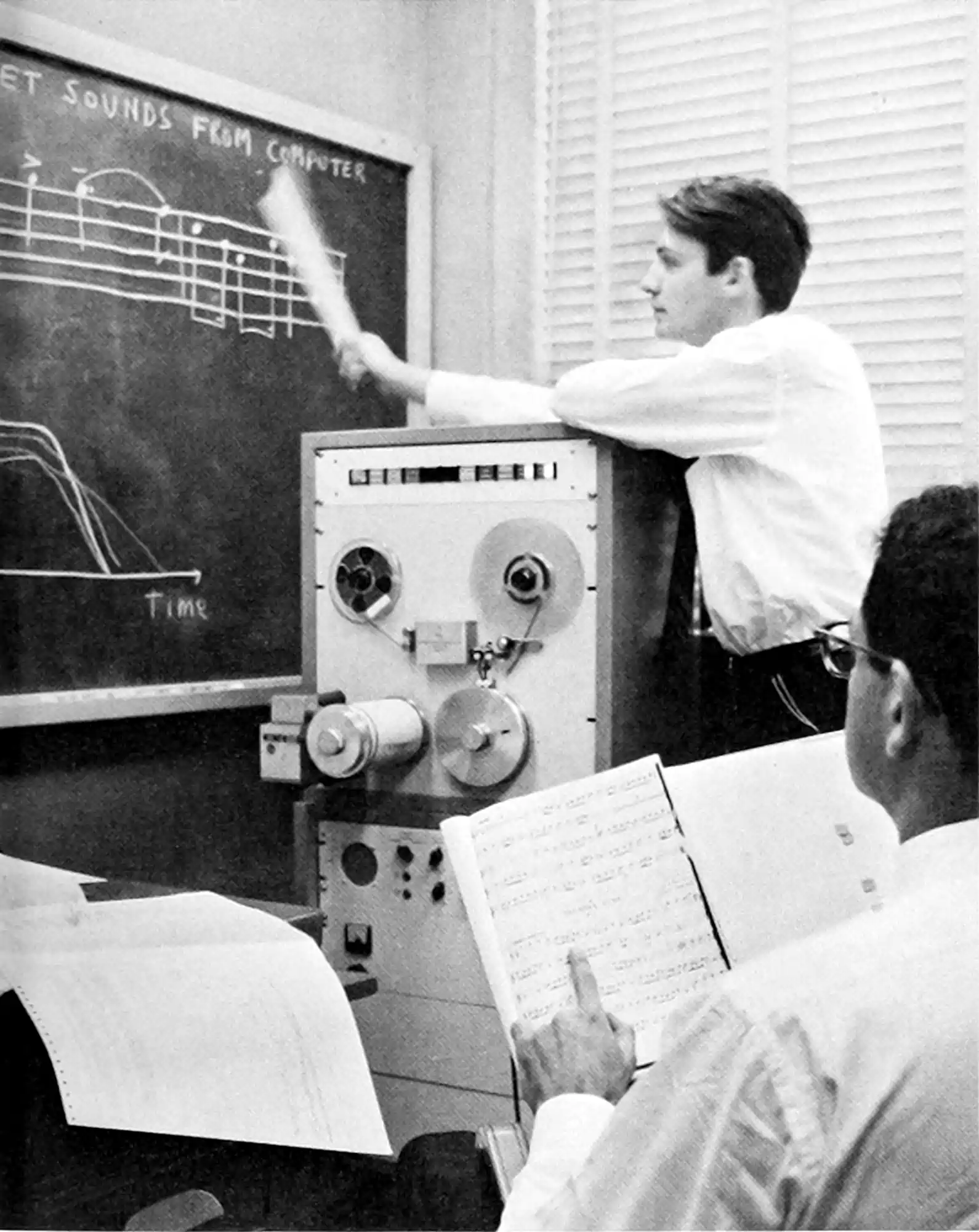Concatenative synthesis
2015-12-13 — 2017-01-16
Wherein timbral qualities are transferred from one sound to another using granular audio-mosaic techniques, and synthesis is achieved by concatenating analyzed grains drawn from a corpus.
Transferring timbre from one sound to another; Synthesis by example. When you refer to “concatenative synthesis” or an “Audio mosaic,” you usually mean using a granular synthesis method. This being the epoch of neural networks, someone will probably get style transfer for audio functioning soon.
I’ve published in this area. See Mosaic Style Transfer using Sparse Autocorrelograms.
The most comprehensive overview of classic concatenative stuff IMO is contained in Graham Coleman’s doctoral dissertation, Coleman (2015), which frames it in terms of loss functions and descriptors.
There are a few classic implementations about.
Related: analysis-resynthesis, learning gamelan.
